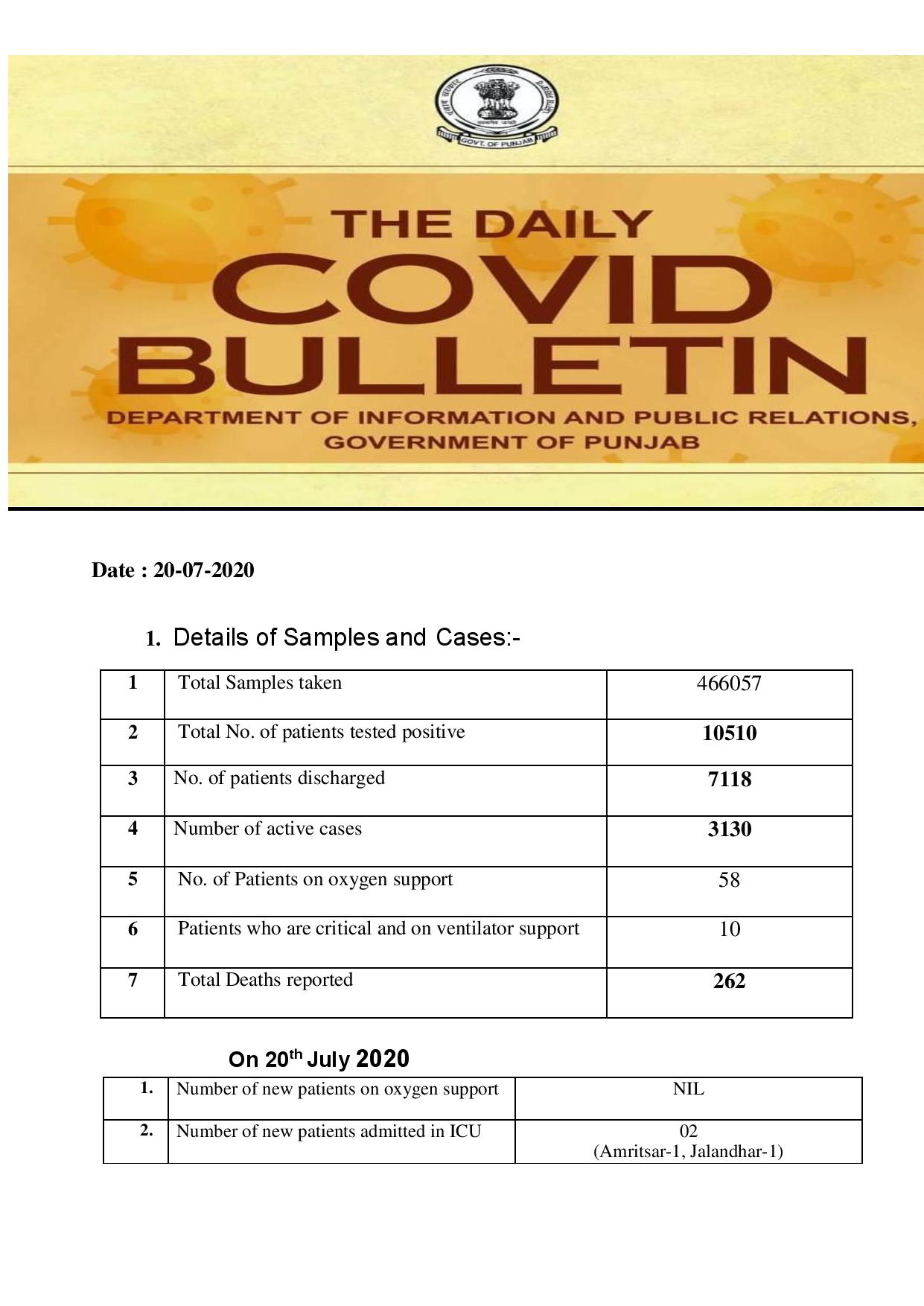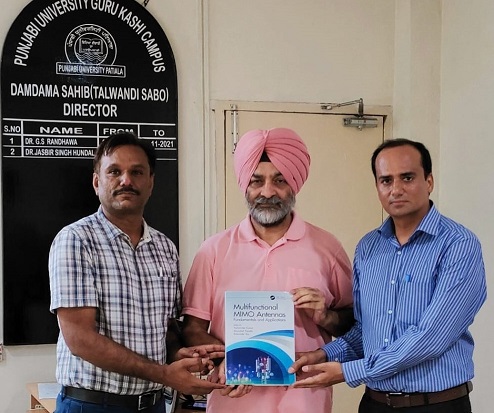International Day of Peace: Honoring Mother Teresa, the Saint of the Gutters-Puri
Jaswant Singh Puri/ September 21,2024
The International Day of Peace, observed globally on September 21, is dedicated to strengthening the ideals of peace, both within and among all nations and peoples. This day reminds us of the importance of humanitarian efforts that foster peace, compassion, and care for those who suffer the most. Among the most prominent figures whose life and work exemplify the essence of peace and compassion is Mother Teresa, also known as the “Saint of the Gutters.” Her profound contributions to feeding the poor, caring for the terminally ill, and bringing comfort to those suffering from fatal diseases continue to inspire millions across the globe.
Mother Teresa’s Early Life and Mission
Born Agnes Gonxha Bojaxhiu on August 26, 1910, in Skopje, now part of North Macedonia, Mother Teresa felt a calling for religious life from a young age. At the age of 18, she left her family to join the Sisters of Loreto in Ireland, where she learned English and prepared to move to India, the land where she would dedicate her life to serving the most destitute. By 1929, she had arrived in Calcutta (now Kolkata), where she taught at a girls’ school for nearly two decades.
In 1946, during a train journey from Calcutta to the Himalayan foothills, Mother Teresa experienced what she later described as a “call within a call.” She felt divinely inspired to leave her teaching position and dedicate her life to serving the poorest of the poor in Calcutta’s slums. In 1950, she founded the Missionaries of Charity, a Roman Catholic religious congregation that focused on serving the hungry, the destitute, and the terminally ill. Her humility and unyielding devotion to the marginalized soon earned her the title of the “Saint of the Gutters.”
Feeding the Poor and Caring for the Dying
One of Mother Teresa’s most significant contributions to humanity was her mission to feed and care for the poorest individuals, those who lived in abject poverty and were often shunned by society. Her work began in the slums of Calcutta, where she provided food, shelter, and basic medical care to the starving and homeless. Armed with only her faith, compassion, and a desire to serve, Mother Teresa opened the Nirmal Hriday (Pure Heart) Home for the Dying in 1952, where she and her fellow nuns took in terminally ill patients, many of whom were suffering from diseases like leprosy, tuberculosis, and AIDS. These individuals, often abandoned by their families and communities, were given a place to die with dignity, comfort, and love.
Mother Teresa’s tireless efforts to feed the poor extended beyond Calcutta. The Missionaries of Charity expanded their services globally, establishing soup kitchens, orphanages, and homes for the sick and dying in over 130 countries. Her approach was simple yet profound: to serve the world’s most vulnerable people with love and respect.

Caring for People with Fatal Diseases
Mother Teresa was deeply committed to caring for people afflicted with fatal diseases, particularly those who were marginalized due to the stigma attached to their illnesses. Her work with leprosy patients is particularly notable. At a time when leprosy was considered a highly contagious and stigmatizing disease, Mother Teresa worked tirelessly to provide medical care, food, and shelter to lepers, giving them the dignity they deserved.
She founded several leprosy clinics throughout India, offering treatment and care to patients who had been cast out by their communities. Her approach was not just about providing physical care but also emotional and spiritual healing, helping people feel loved and valued despite their conditions. Similarly, Mother Teresa’s homes for those living with HIV/AIDS became sanctuaries for people suffering from this stigmatized disease. During a period when fear and misunderstanding about AIDS were widespread, her compassion set an example for the world on how to care for the sick and dying without judgment.
Dedication and Tribute to Mother Teresa
To perpetuate the memory of Mother Teresa, the renowned author Dr. Ajit S. Puri dedicated his world-acclaimed book ‘Speaking of How to Prevent Common Diseases’ to Mother Teresa with her snap and caption as follows:
While writing the Foreword of the book of Dr. Puri ‘Speaking of How to Prevent Common Diseases’, Lord Walton, former President of, the British Medical Association, mentioned “I congratulate Dr Puri on his energy and initiative and am glad to know that he has dedicated the book to the late Mother Teresa who did so much throughout her life for the underprivileged.”
The first copy of the book ‘Speaking of How to Prevent Common Diseases’, dedicated to Mother Teresa was presented to the then Vice-President of India, Krishan Kant, New Delhi. The second edition of the book was gifted to Mohammad Hamid Ansari, the then Vice/President of India, New Delhi.
Canonization and Legacy
Mother Teresa’s life and work earned her numerous accolades, including the Nobel Peace Prize in 1979. However, her greatest recognition came posthumously. On September 4, 2016, Pope Francis canonized her as Saint Teresa of Calcutta, recognizing her as a symbol of mercy, peace, and unwavering service to humanity. The canonization ceremony, held in St. Peter’s Square, Rome, drew thousands of admirers from around the world. Pope Francis described her as a “tireless worker of mercy” whose love and compassion for the poor were a living testament to the spirit of Christ.
Mother Teresa’s Connection to the International Day of Peace
Mother Teresa’s contributions resonate deeply with the core principles of the International Day of Peace. Her belief in serving humanity, regardless of race, religion, or background, embodies the essence of peace through compassion. Mother Teresa worked to create a world where those who were suffering from poverty and disease were treated with dignity and care. She exemplified how peace can be achieved not just through diplomatic means but through individual acts of kindness and service. Her legacy continues to inspire humanitarian efforts worldwide, reminding us that peace is not merely the absence of conflict but the presence of love and care for those in need.
Conclusion
The International Day of Peace provides an opportunity to reflect on the lives of those who have contributed to global harmony through selfless service. Mother Teresa, the “Saint of the Gutters,” dedicated her life to the poor, the sick, and the dying, embodying peace through compassion and service. Her canonization by Pope Francis on September 4, 2016, serves as a lasting testament to her legacy. As we observe this day of peace, Mother Teresa’s life reminds us that peace begins with small acts of love and mercy for the most vulnerable among us.

Note: The views expressed are personal. This article is dedicated to Alka Puri, wife of Dr. Ajit S. Puri and mother of Jaswant Singh Puri.













